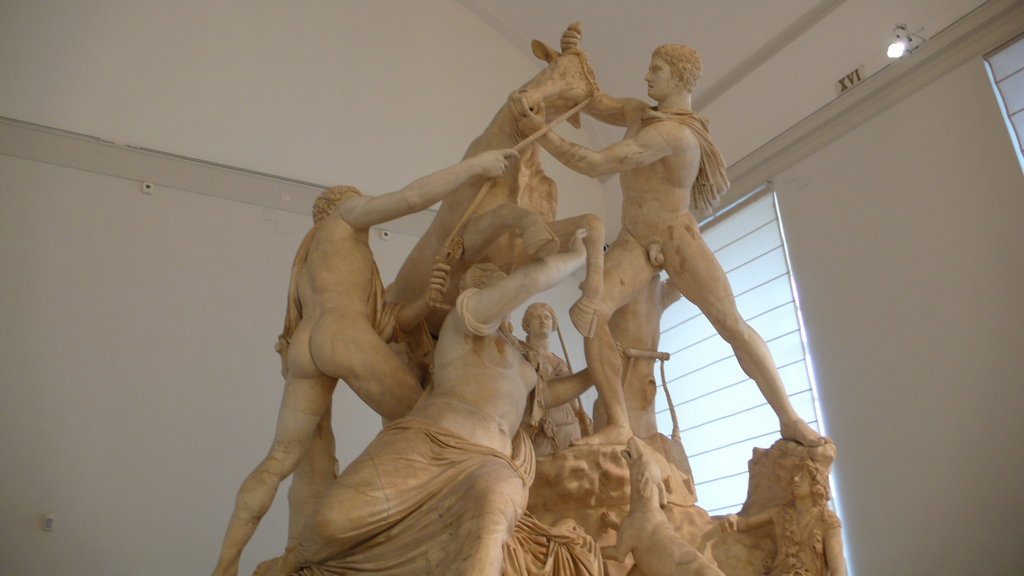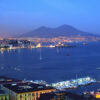
Archaeological Museum of Naples
The Archaeological Museum of Naples is one of the most famous museums of archaeology in the world. In fact inside there are a lot of artifacts from Pompeii and Herculaneum. Moreover there is the Farnese Collection, which is a collection of Roman statues belonging to the noble family named Farnese. Elisabeth Farnese, the last descendent of this glorious family, was the mother of the king of Naples, Charles. Charles and his son Ferdinand took advantage of this relationship to carry to Naples a lot of statues from Rome. That’s why this museum is full of important artifacts.
We can go to this museum after a short walk around Naples. Otherwise, if you want, you can just visit this museum after Pompeii, to see the original frescoes and mosaics of the ancient city. In fact, the best artifacts from Pompeii and Herculaneum are collected in the Archaeological Museum.
Ground Floor
The Archaeological Museum is divided in different floors and sections. On the ground floor there are some statues found in the theater and in the Basilica of Herculaneum and the statues of the Farnese Collection too. The masterpieces of the Farnese Collection are the ones called the Bull and the Hercules, completely made of marble. On the underground floor there is an interesting Egyptian Collection too.
Mezzanine
On the mezzanine there are the original mosaics from Pompeii and Herculaneum. The masterpiece of this section is the mosaic of Alexander. In this big mosaic, made of more than a million of tiles, is represented the battle between Alexander the Great and Darius of Persia. In the same section there is a small section of erotic frescoes from Pompeii too. Erotic paintings were spread all around the Roman cities.
Second Floor
The collections on the second floor are very interesting. You can start from the huge hall. It’s very hard to find an hall as big as this one in other European historical buildings.
If you go to the left you will see a double collection. In fact in this section there are the frescoes and the objects found especially in Pompeii and Herculaneum. Looking at this section you can figure out how the Romans used to live. There is a small section of frescoes from the Temple of Isis in Pompeii too. In fact people from all around the Mediterranean used to live in this Roma city.
Finally, we can end our tour in the Villa of Papyri section, that is placed on the right side of the second floor. Here I will explain you how some experts have been able to unroll the ancient papyri found in this villa. I’ll show you some statues found inside this magnificent residential area.
Sometimes some temporary exhibitions are arranged on the second floor too.
We’ll leave the museum walking through the gardens full of Roman statues.
Let’s visit this museum! It’s a journey through the history!




